Mathematical Modeling Seminar Series
The Mathematical Modeling Seminar Series showcases speakers advancing mathematical approaches to complex systems and presenting their latest research discoveries.
Join us for our upcoming seminar!
Check back in January for more information on our next seminar.
To request interpreting services, visit www.myAccess.rit.edu
Past Seminar Speakers
Minimum spectral radius in a given class of graphs

Dr. Vishal Gupta, Ph.D.
Visiting Assistant Professor
University of Rochester
Microbial Coatings and Predictive Modeling: A Systems Approach to Corrosion Inhibition
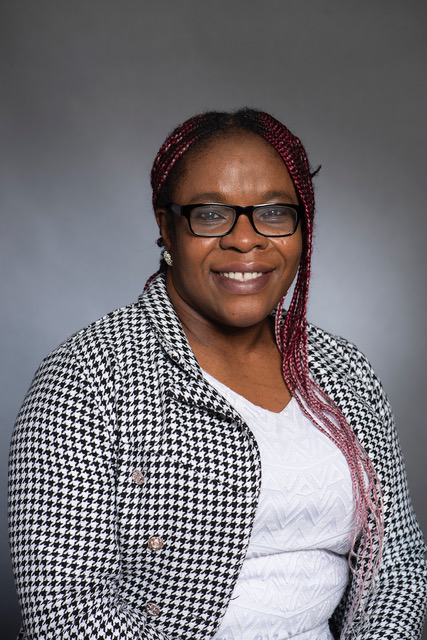
Dr. Blessing Emerenini
Assistant Professor, School of Mathematics and Statistics
Rochester Institute of Technology
An ancient evolutionary calculus for attention signaling retained in modern music
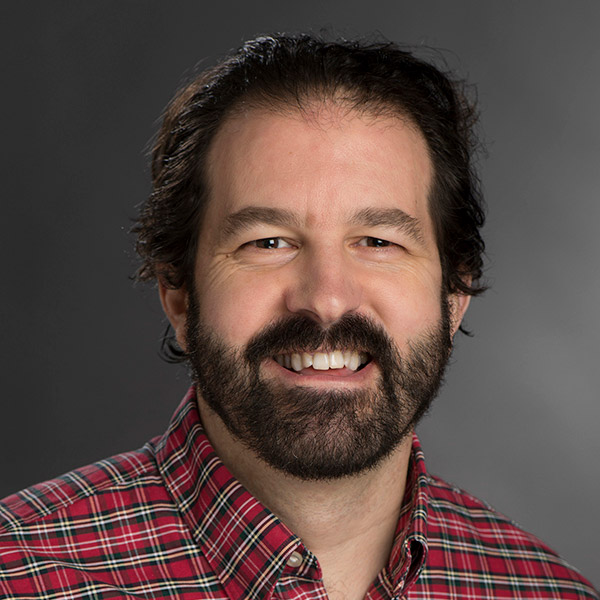
Dr. Gregory Babbitt
Associate Professor, T.H. Gosnell School of Life Science
Rochester Institute of Technology
Blood Digital Twins Developed Using Dynamic State Modeling of Single-Cell RNA-seq Data
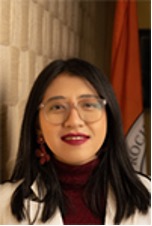
Dr. Pancy Thein Lwin
Postdoctoral Researcher
University of Rochester Medical Center
Quantifying immune activity and optimal perturbations in the solid tumor microenvironment
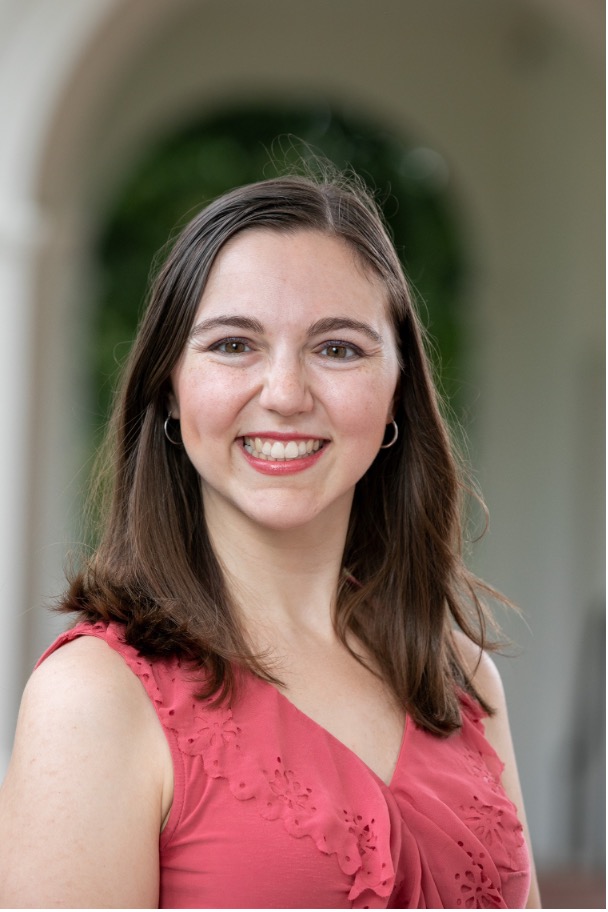
Dr. Anne Talkington, Ph.D.
Assistant Professor
University at Buffalo
Learning Beyond the Training Distribution: Toward Adaptive and Open-World Learning Systems
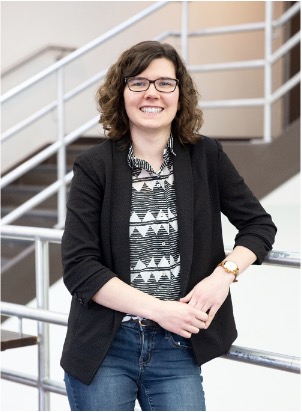
Dr. Tyler Hayes, Ph.D.
Research Faculty & Research Scientist
Georgia Institute of Technology
A causal cross-frequency coupling framework for quantifying brain dynamic changes in dementia
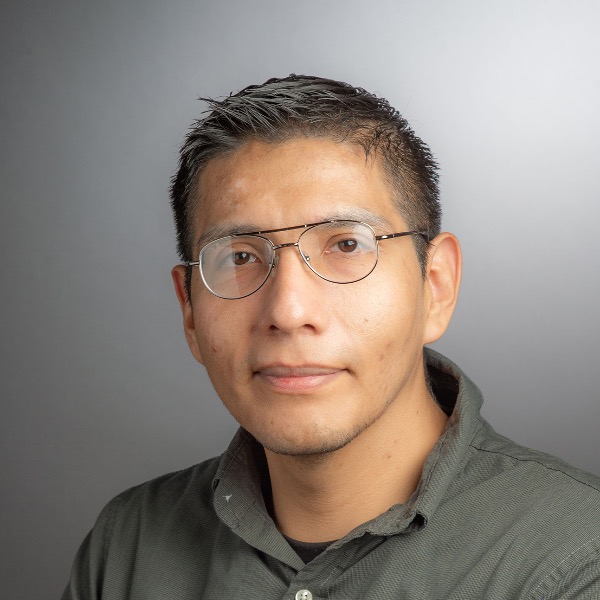
Dr. Marco Pinto-Orellana, Ph.D.
Assistant Professor
Rochester Institute of Technology
Fraud Detection for Random Walks
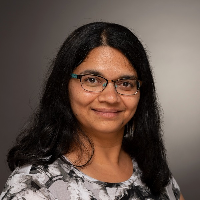
Dr. Varsha Dani
Assistant Professor, Department of Computer Science
Rochester Institute of Technology
A Systematic Formulation Tightening Approach for Mixed-Binary Linear Programming (MBLP) Problems

Dr. Bing Yan
Assistant Professor, Department of Electrical and Microelectronic Engineering
Rochester Institute of Technology
Bayesian Modeling and Statistical Inference in Machine Learning for Imaging Applications
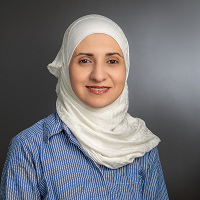
Dr. Dimah Dera
Endowed Assistant Professor, Chester F. Carlson Center for Imaging Science
Rochester Institute of Technology
Systems Biomedicine and Pharmaceutics: Multiscale Modeling of Tissue Remodeling and Damage
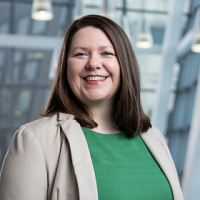
Dr. Ashlee N. Ford Versypt
Associate Professor
Department of Chemical and Biological Engineering
School of Engineering and Applied Sciences
University at Buffalo
Mathematical Models of Obesity-Induced Diabetes and Senescence-Induced Osteoporosis

Dr. Nourridine Siewe
Assistant Professor, School of Mathematics and Statistics
Rochester Institute of Technology
Large-Scale Climate Dynamics Through the Lens of Network Analysis
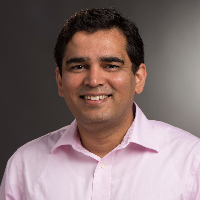
Dr. Nishant Malik
Assistant Professor, School of Mathematics and Statistics
Rochester Institute of Technology
Accelerating Eigensolvers with Momentum
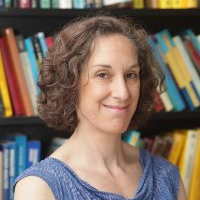
Dr. Sara Pollock
Associate Professor, Department of Mathematics
University of Florida
Quantum Computing: What Could It Do And How Do We Prepare?
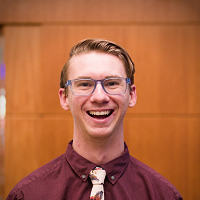
Keegan Kresge
Math Development Program
National Security Agency
Modeling and Parameterization of Respiratory Dynamics in the Preterm Infant
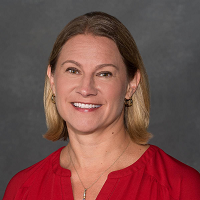
Dr. Laura Ellwein Fix
Associate Professor, Department of Mathematics and Applied Mathematics
Virginia Commonwealth University
Mathematical Modeling of Earth Surface Processes
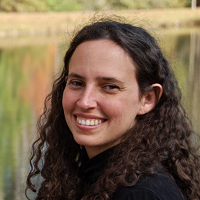
Dr. Rachel Glade
Assistant Professor, Department of Earth and Environmental Sciences
University of Rochester
Who is the GOAT? Sports Rankings and Random Walks on the Symmetric Group
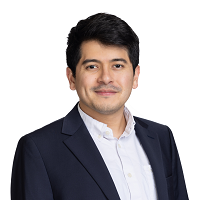
Dr. Juan Carlos Martínez Mori
Schmidt Science Fellow and a President's Postdoctoral Fellow
H. Milton Stewart School of Industrial and Systems Engineering
Georgia Institute of Technology
A Spatially Explicit Model of Inverse Colony Formation of Cellulolytic Biofilms
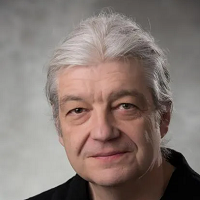
Dr. Hermann Eberl
Professor, Department of Mathematics and Statistics
University of Guelph
Brain-Inspired Computing: Beyond Backpropagation of Errors
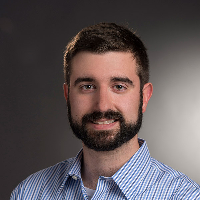
Dr. Alexander Ororbia
Assistant Professor, Department of Computer Science
Rochester Institute of Technology
A New Class of Odd Lindley Type Distributions and Its Applications
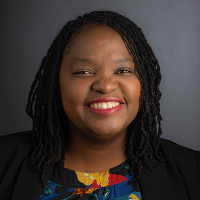
Dr. Nonhle Channon Mdziniso
Assistant Professor, School of Mathematics and Statistics
RIT
Software for Compositional Modeling
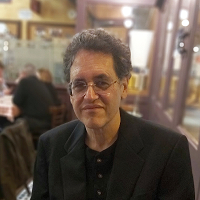
Dr. John C. Baez
Professor of Mathematics, Emeritus & F. Burton Jones Chair
Mathematics Department
University of California, Riverside
Modeling the Effects of Temperature on Sleep Patterns
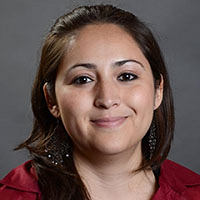
Dr. Alicia Prieto Langarica
Distinguished Professor, Department of Mathematics and Statistics
Youngstown State University
Fixed Point Method for Solving Bilevel Variational Inequalities with Applications
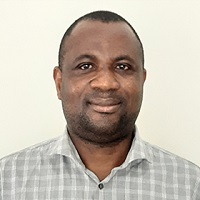
Dr. Oluwatosin Temitope Mewomo
Professor, School of Mathematics, Statistics and Computer Science
University of KwaZulu-Natal
Durban, South Africa
Mathematical Modeling of Methane Gas Extraction from Lake Kivu
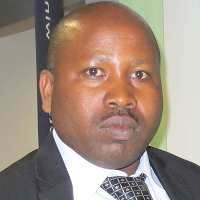
Dr. Denis Ndanguza
Dean, School of Science
Associate Professor, Department of Mathematics
University of Rwanda
Patterns of Symmetric Orthogonal Matrices
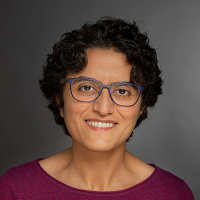
Dr. Shahla Nasserasr
Assistant Professor, School of Mathematics and Statistics
RIT
An Eye-Opening View of Computational Optimal Transport: OT in Molecular Vision Studies
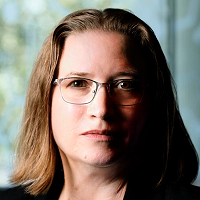
Dr. Miranda Lynch
Staff Scientist, Hauptman-Woodward Medical Research Institute
Buffalo, NY
A Whirlwind Tour of Data Assimilation from a Machine Learning Perspective with Applications to Sea Surface Height Interpolation
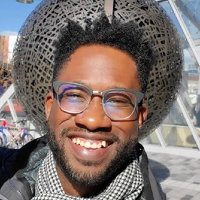
Dr. Juan Emmanuel Johnson
Postdoctoral Researcher
CSIC (Spanish National Research Council)
Universidad Complutense de Madrid
Statistically Augmented Finite Element Models to Study Knee Biomechanics
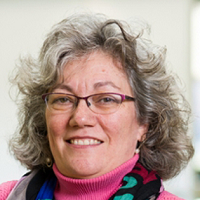
Dr. Amy Lerner
Associate Professor of Biomedical Engineering and Mechanical Engineering
Academic Director, Center for Medical Technology & Innovation
University of Rochester
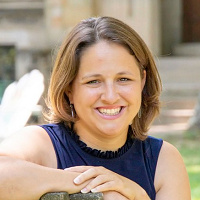
Dr. Erin Leatherman
Associate Professor of Statistics
Kenyon College
ATOMDANCE: Machine Learning Denoising and Resonance Analysis for Functional and Evolutionary Comparisons of Protein Dynamics
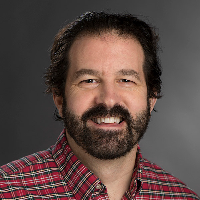
Dr. Gregory Babbitt
Associate Professor, Thomas H. Gosnell School of Life Sciences
Navigating Uncertainty in Mathematical Models of Climate Impacts
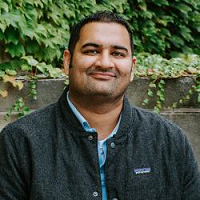
Dr. Vivek Srikrishnan
Assistant Professor, Department of Biological and Environmental Engineering
Cornell University
Qualitative Methods for Small Volume, Inverse Shape Problems
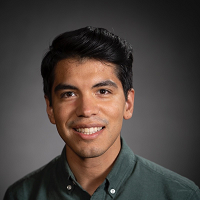
Mr. Govanni Granados
PhD Candidate, Department of Mathematics
Purdue University
Modeling the Dynamics of Centrosome Movement
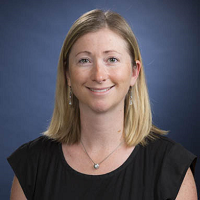
Dr. Sarah D. Olson
William Steur Professor & Department Head, Department of Mathematical Sciences
Worcester Polytechnic Institute
Mathematical Modeling in Supply Chain Management
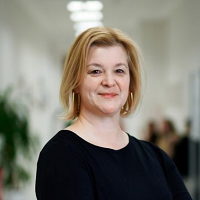
Dr. Kristina Šorić
Professor, Department of Mathematics
RIT Croatia
Contact Lens and Tear Film Dynamics With Applications Towards Drug Delivery
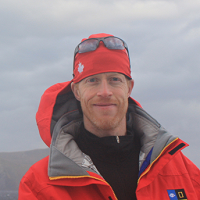
Dr. Daniel Anderson
Professor, Department of Mathematical Sciences
George Mason University
Rowing, Waving, and Worms: Exploring Tomopteris Swimming Performance

Dr. Nicholas Battista
Associate Professor
Department of Mathematics and Statistics
The College of New Jersey
Voronoi Tessellations: From Optimal Quantization to Modelling Collective Behaviour
&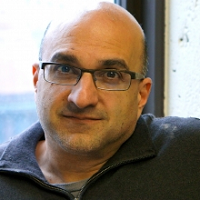
Dr. Rustum Choksi
Professor, Department of Mathematics and Statistics
McGill University
Mathematical modeling of myosin dynamics in the cell cortex during confined bleb-based migration
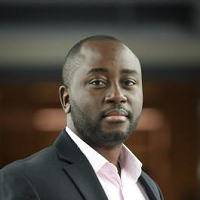
Dr. Emmanuel Asante-Asamani
Assistant Professor of Mathematics
Clarkson University
Efficient and Explainable Data Fusion for Misinformation Detection During High Impact Events
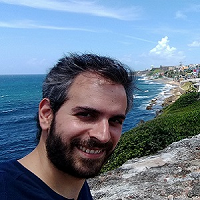
Dr. Zois Boukouvalas
Assistant Professor
Department of Mathematics and Statistics
American University
Extracting Autism's Biomarkers in Placenta Using Multiscale Methods
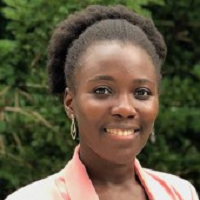
Dr. Karamatou Yacoubou Djima
Assistant Professor of Mathematics
Wellesley College
Between Yes and No: Making Decisions Under Uncertainty
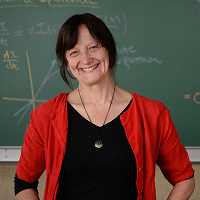
Dr. Ami Radunskaya
Lingurn H. Burkhead Professor of Mathematics
Pomona College
Variational Formulations for Direct Inversion from Full-Field Wave Data

Dr. Olalekan Babaniyi
Assistant Professor of Mathematics
Rochester Institute of Technology
Bounded-Confidence Models of Opinion Dynamics on Networks
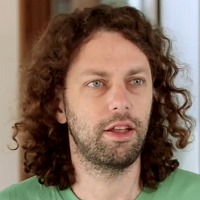
Mason Porter
Professor, Department of Mathematics
University of California, Los Angeles
Towards a Non-Invasive, Functional Metric of Flexor Tendon Healing Using Ultrasound Elasticity Imaging
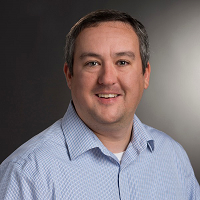
Dr. Michael Richards
Assistant Professor
Department of Biomedical Engineering
Rochester Institute of Technology
Discrete-Time Models and a SARS CoV-2 Mystery: Sub-Saharan Africa’s Low SARS CoV-2 Disease Burden
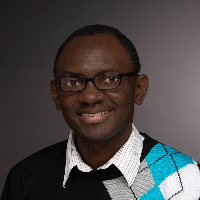
Dr. Nourridine Siewe
Assistant Professor
School of Mathematical Sciences
Rochester Institute of Technology
Humans Make Things Messy
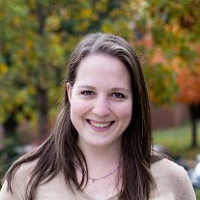
Dr. Shelby M. Scott
Senior Consultant and Health Data Scientist
Guidehouse
Improving SARS-CoV-2 diagnostic testing accuracy using higher dimensional probability models
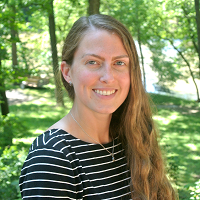
Dr. Rayanne Luke
Assistant Professor
Postdoctoral Scholar
Johns Hopkins University / NIST
Stochastic and spatial modelling of reaction network systems
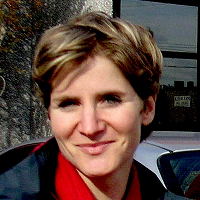
Dr. Lea Popovic
Assistant Professor
Professor, Department of Mathematics and Statistics
Concordia University, Montreal
Regularization of the Factorization Method with Applications
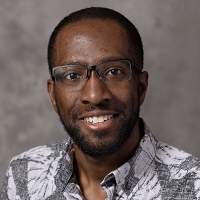
Dr. Isaac Harris
Assistant Professor
Department of Mathematics
Purdue University
Variable Projection Methods for Separable Nonlinear Inverse Problems
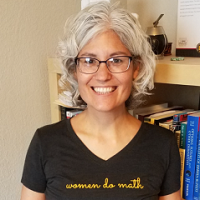
Dr. Malena Español
Assistant Professor
School of Mathematical and Statistical Sciences
Arizona State University





